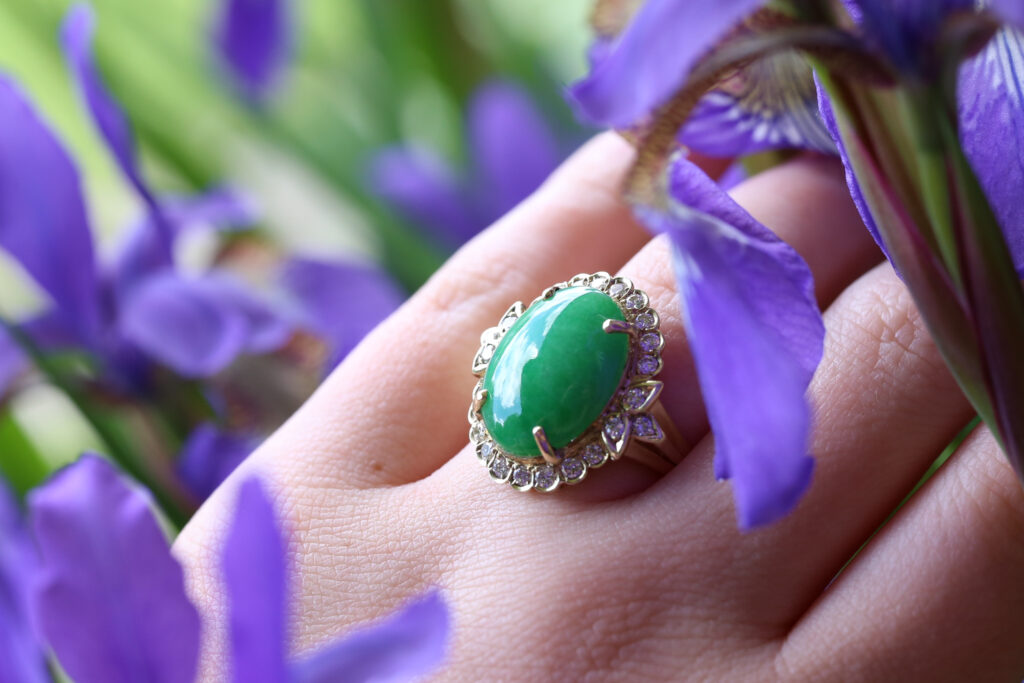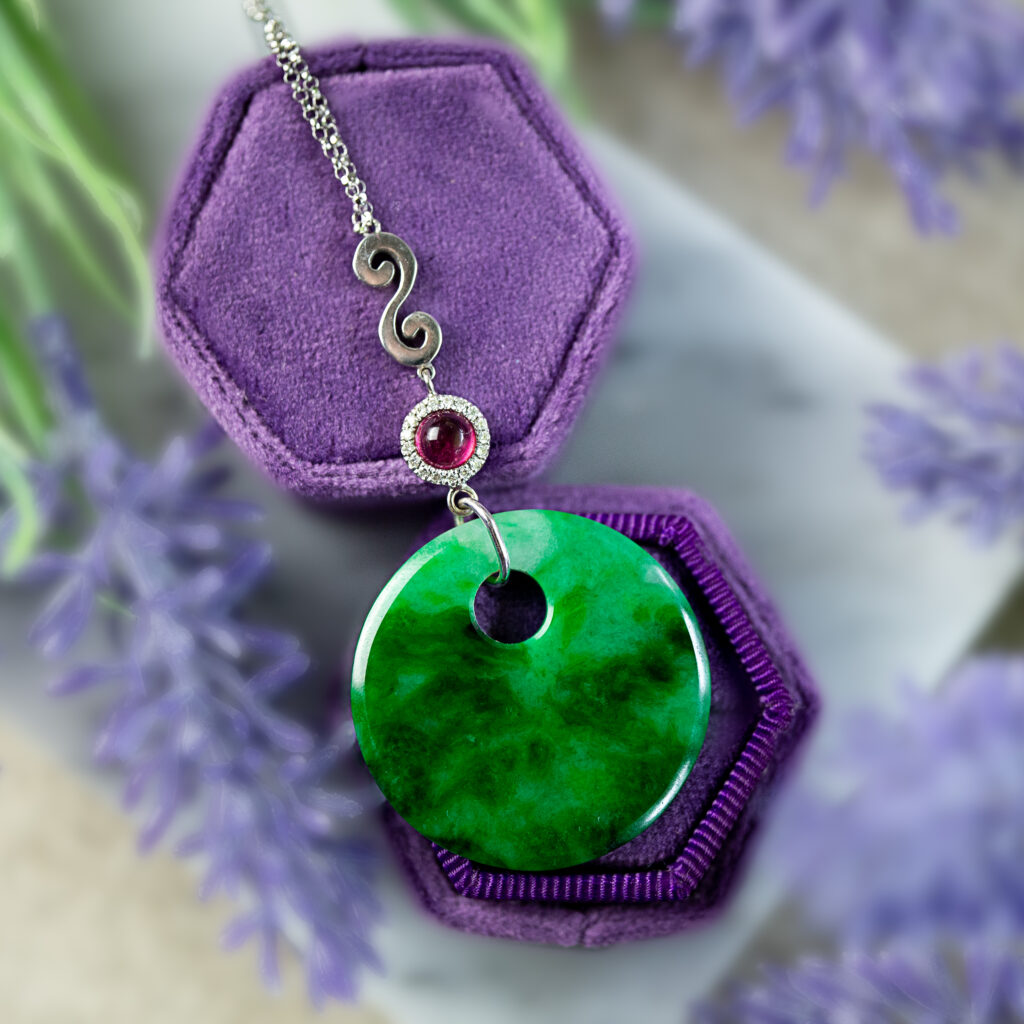Why Jade?
Selling jade is selling an experience, an enigma, and a story.
It’s no wonder jade is referred to as “the inscrutable gem.” Anyone who sees it loves it, but not everyone is comfortable selling it. This is understandable, as the culture and history associated with jade is not always known but is nonetheless respected.
Jade has been revered all over the world for thousands of years. It is tough enough that ancient peoples used them as tools, and so alluring that one Chinese emperor marched 100,000 men to find the secret jadeite mines of Burma.
It’s appearance is surreal.
It’s texture is addictive.
And it’s story is more intertwined with history than any other gemstone on the planet.
Seeing it is loving it, but understanding it is something else entirely.
This is the conundrum faced by many American sellers.
We know you want your customers to love jade as much as you do, so how can you explain something so inexplicable?

Here are our 3 Tips for Selling Jade.
#1. The jade customer is discerning, so be prepared to explain your knowledge if warranted as an assurance of your skills as a jade salesperson.
Here are some important things to know about jade.
- There are two different gemstones called jade: Nephrite and Jadeite.
Nephrite is the jade of ancient China, whereas jadeite captivated Chinese nobility more recently in the 1700s.
- Both jades are the toughest gemstones on the planet, and both are suitable for everyday wear with jadeite being slightly harder to scratch than nephrite.
- The only jadeite worth buying (and it certainly is worth buying!) is natural and untreated. Jade is one of the most commonly imitated gems in the world, so proper documentation is absolutely essential when making a jade purchase. Most jade on the market is ‘B Jade,’ which has been acid-bleached and filled with polymer. ‘B Jade’ is not valuable, it is brittle, it’s color is not permanent, and the acid can leak onto the wearer’s skin. Not just buying ‘A Jade,’ but having proof that the stone is natural is of the utmost importance.

#2. Consider the lighting.
Many jade customers have their own penlight or will expect you to have one. Not only is it customary for jade shoppers to shine a line through it, but they will probably want to see it under different lighting conditions including sunlight. Jadeite is translucent, therefore it is highly affected by the type of lighting in its environment. One of the things that is most magical about jade is watching it seemingly change as you walk from room to room.
If your customer asks to shine a UV light through it, know that this is an unreliable method of detecting polymer in jade. Surprisingly, not all polymer (‘B Jade’) will fluoresce, and interestingly enough there have been natural jade specimens with some fluorescence. While this is not a reliable test for authenticity, some customers may still want to do it. Be prepared to show them a gem report if they are concerned about the jade being natural.

#3. Don’t overuse the term “imperial.”
How annoying is it when someone refers to an ‘L’ Color diamond as a “canary?”
Extremely.
Just as uninformed customers (and sometimes professionals!) refer to any yellow diamond as canary, so do people refer to any green jade as “imperial.” Only client education will correct this over time.
Imperial Jade is a term that should be reserved only for the highest quality of green, translucent jadeite. Imperial Jade sells in the tens of thousands to millions, so please don’t take this nomenclature lightly.
Treat the term “imperial” with the same respect you apply to “canary,” “pigeon blood,” and “padparadscha.”
If your store is interested in selling natural jadeite jade, you can read more at
And don’t hesitate to reach out if you have any questions!

